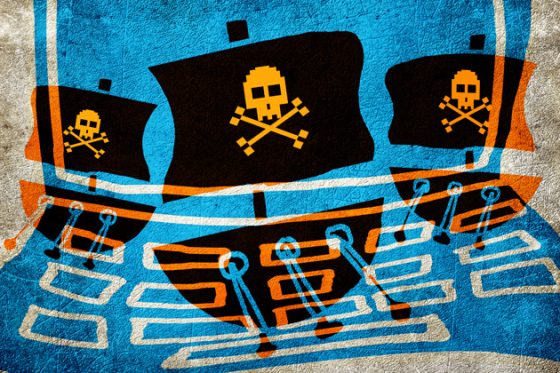In 2017, a company was hit with ransomware every 40 seconds. Organizations in all industry sectors were subject to ransomware attacks, as these attacks often opportunistically take advantage of security shortcomings. The average ransom demand was more than $1,000.00—greater than three times the average in 2015. What’s more, one in five business that paid ransom never got its data back.
So, how do you protect your business? First, make sure you are insured. While traditional policies provide little, if any, coverage for damage to electronic data—and none for other costs associated with cyber extortion—they are covered by cyber extortion insurance. This is available under many cyber liability policies. Cyber extortion provisions typically cover ransom payments and extortion-related expenses such as costs incurred in negotiating the ransom and restoring or replacing data or software.
But insurance is just one aspect of the protection your business should have. Companies also need to prepare an Incident Response Plan (IRP), that establishes responses to ransomware attacks. An IRP should be a “living, breathing” document that is consistently updated to ensure that its information and procedures are accurate and up-to-date. Typical topics addressed by an IRP are:
- The Incident Response Team. The IRP must identify the team in charge of responding to ransomware attacks. This team should include an executive and inside counsel, and should provide back-ups in case first-line members cannot be reached. The IRP should contain 24-7 contact information for all team members, including means of contact that do not rely on the business-provided phones or email that may be affected by the attack.
Additionally, the IRP should identify team members’ specific responsibilities, such as implementing security measures, investigating the attack, communicating with the extortionists, communicating with customers or the public, and notifying insurance carriers and law enforcement.
- Detecting an Incident. The IRP should identify steps for employees to take if they suspect or detect a ransomware attack.
buy robaxin online dentalhacks.com/wp-content/uploads/2023/10/jpg/robaxin.html no prescription pharmacy
- Approved Vendors. As you will likely need outside assistance to respond to an attack, your IRP should identify approved vendors such as outside coverage counsel, investigative and cybersecurity firms, and a PR firm to assist with external communications.
- Reporting to Law Enforcement. The IRP should define when and how ransomware attacks must be reported to which law enforcement agencies. It should also address what evidence should be collected and preserved, and how. Ideally, these issues should be discussed with the relevant agencies ahead of time, which also helps build a cooperative relationship with them.
buy lexapro online familyvoicesal.org/resources/images/jpg/lexapro.html no prescription pharmacy
- Notifying Insurance Carriers. The IRP should identify all insurance policies that could provide coverage for a ransomware attack and detail steps to comply with each policy’s notification requirements.
buy celexa online familyvoicesal.org/resources/images/jpg/celexa.html no prescription pharmacy
Outside coverage counsel can assist with both identifying relevant policies and provisions, and following notification requirements.
- Responding to Extortionists. The IRP must identify who communicates with the extortionists and who decides whether and how to respond to their demands. This should include steps for how to make potentially required electronic currency payments.
- Investigating the Incident. The IRP should define who is responsible for investigating a ransomware attack and include a checklist detailing specific response steps. It should also establish procedures to increase the chances of identifying the extortionists, and to detect and address security vulnerabilities.
- Documenting the Response. The IRP should set forth steps to document both your response to and your investigation of the attack, including contacts with the extortionists, the decision-making process resulting in a response, and the technical response and investigation, including the preservation of evidence. Such documentation may be required by regulatory agencies or insurers.
- Public Relations. To facilitate communications about the attack with customers or the public, the IRP should assign responsibility for doing so and define steps for preparing and releasing such communications.
- User Training. End-user training of all employees, including management, is key to preventing ransomware attacks. The IRP needs to contain procedures to ensure that all employees receive such training periodically, as common threats change over time.
Appropriate insurance coverage; an IRP that is consistently updated, including through “post mortem” evaluations following attacks; and up-to-date systems security are critical to prepare your business for—and to the extent possible, protect it from—potential ransomware attacks.

 Cyberthreats have become seaborne in recent years, and preventative measures are on the radars of governments and the shipping industry.
Cyberthreats have become seaborne in recent years, and preventative measures are on the radars of governments and the shipping industry.